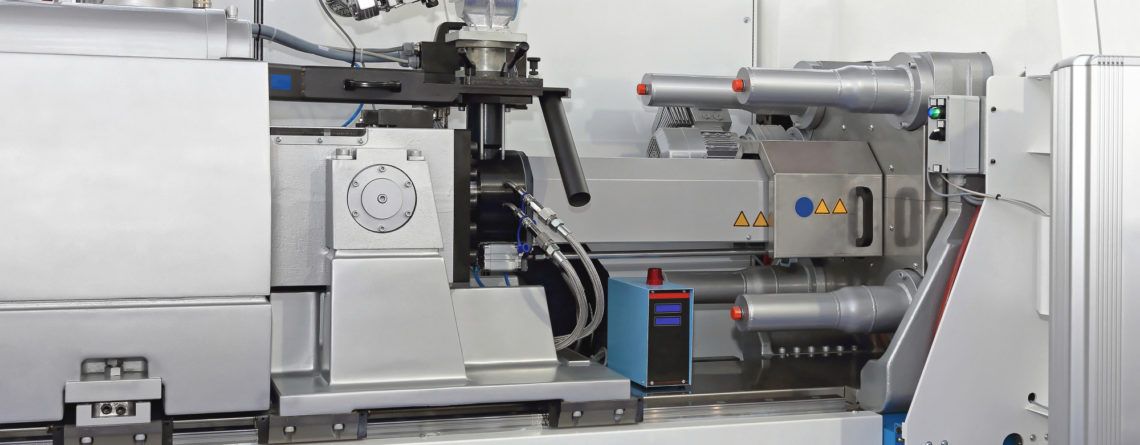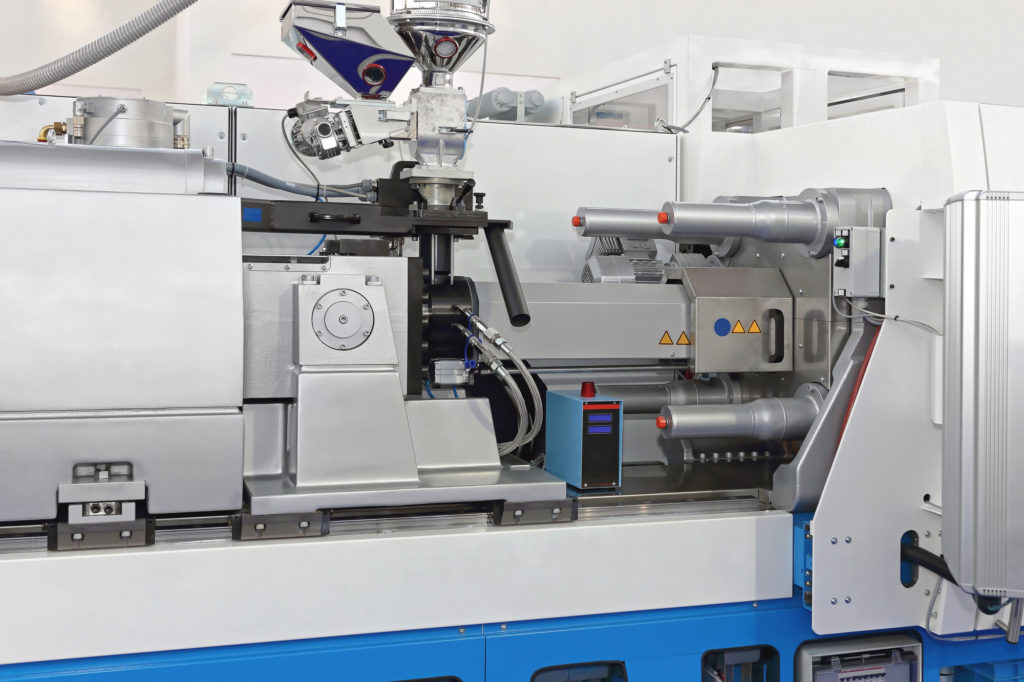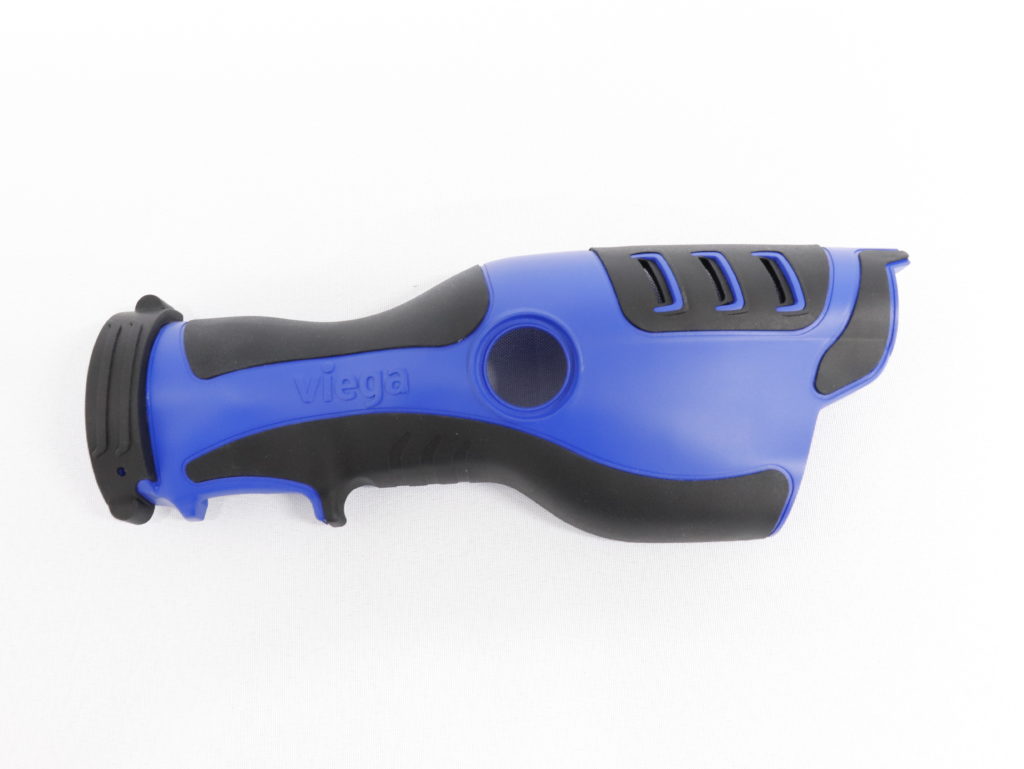What is the Overmolding Process?
Rubbers and plastics make many of the products we use on a daily basis possible. It’s easy to overlook these unsung heroes of the industrial and manufacturing industry, but once these materials came on the scene society grew by leaps and bounds.
These materials are strong, flexible, and can take on almost any shape we need them for industrial applications. Specific kinds are also made to resist extreme conditions to help us perform even the toughest of jobs.
Eventually, manufacturers were able to take the efficiency of rubber and other materials to the next level through the overmolding process. This process enables us to use more than one layer of rubber or plastic to make industrial parts even stronger, more aesthetic, or to add a function.
But what is overmolding? How does overmolding work? What is the overmolding process?
Today, we’re going to cover all of that and more in the article below. By the end of this article, you’ll know all that you need to know about the different types of overmolding and the overmolding process, in general.
Let’s get going. We’ve got a lot of information to cover.
What Is Overmolding?
The overmolding process applies to a wide variety of industrial and manufacturing industries. The process involves a technique known as injection molding but it is also possible by urethane casting to make high-end prototypes. This injection molding helps to mold two or more layers of material together.
The process can be helpful in plastic overmolding, as well as rubber overmolding.
Overmolding is helpful in industries where they need to rapidly manufacture prototypes of various industrial machine parts. The process also comes in handy where custom parts are made by overlaying plastic or rubber with other materials such as metals.
How Does Overmolding Work?
The result of the overmolding process is a machine part or component that’s created by joining two or more materials into one. The materials used can either be the same materials or different materials. The combinations of materials are virtually endless.
In order to get a better idea of how the process works, we need to understand the two components of the process. Every overmolding project breaks down into two parts. The first part of the process is the substrate and the second part is the overmold.
The substrate is your base material. It can be any type of a wide variety of materials. Your overmold is the secondary material. It’s the material that you want to “mold over” the substrate.
In certain cases, there can be two or more overmolds in the process. The number of overmolds all depends on the desired end product and how creative the manufacturer can be.
Types of Overmolding
To really understand how the overmolding process works, you need to understand the different types of overmolding. Most of the overmolding projects done in the manufacturing industry will fall under these categories. Let’s dive into them in more detail below.
Insert Molding
Insert molding is the most popular method when you’re working with plastic overmolding. This means both soft elastomers and hard, rigid plastic materials.
The reason it’s the best type of overmolding for these materials is that the insert molding process is less difficult to perform. As a result, it’s also the most economical of the overmolding techniques.
To perform an insert mold, the hard plastic materials are first separated into tools. After that, the softer materials are injected. These soft elastomers are helpful in forming an adhesion bond between the two materials.
The adhesion bond can be a tricky process. In order for the adhesion bond to work properly, the soft elastomers need to reach the proper temperature. By heating the elastomer, you also heat the hard plastic’s surface which enables the two materials to bond.
Injection Molding
Another main type of overmolding is bi or dual injection molding. This is the most expensive, and most difficult to control, of the three main types of overmolding.
What makes this process different is you’re not injecting an overmold onto a substrate that’s already in place. In this process, manufacturers will inject the substrate and the elastomer into the same mold at the same time. This adds another element to the process since both materials need to be compatible for this to work.
One of the biggest benefits of the injection molding process is that all materials are in a molten state. This allows for the highest quality overmolding and adhesion between materials.
Two-Shot Molding
The two-shot molding technique requires the use of two injection molding machines at the same time. Manufacturers will inject the hard segment first. This material is always in a gel or semi-solid state. Once it’s injected it will take the shape of the elastomeric mold that’s in place in the machine.
The advantage of the two-shot molding process is that it provides you with a stable mechanical bond. The added strength and stability have their function in a wide variety of manufacturing industries.
Urethane Casting
Urethane is an industrial-strength resin that’s used in manufacturing to create a lot of plastic parts and products. It’s a great material because it’s very versatile and can adapt to accommodate rigid or soft, flexible products.
The process involves pouring urethane into a mold and then letting it rest. During the resting process, the material cures to give the manufacturer their end product.
A lot of industrial manufacturers prefer urethane casting as an overmolding process. The reason being that urethane casting is a great way to produce low-cost, high-quality parts and models. It’s also a great method for more detailed designs.
To begin the process, manufacturers will use a silicone mold. This mold is usually made by a 3D printer or CNC machine. Once you have your mold, silicone is then poured into it. The silicone will then rest and take the shape of the mold as it cools.
Your urethane will come in two separate liquids that need to come together in a 1:1 ratio. Once they’re mixed, the chemical reaction will start. This chemical reaction is the curing process and it’s what takes your urethane from a liquid to a solid.
Typically, your urethane should cure for about an hour. However, it makes sense to read the directions on the urethane you’re using. Some materials may require more time to cure.
Once the urethane has cured, you can pop your new machine part or model out of the mold. That’s it! it’s done.
You can repeat the same casting process up to twenty times with a particular silicone mold.
Overmolding Materials
At this point, you might be wondering which materials work best for overmolding. Well, the possibilities of combinations are endless. It really depends on what your desired result is.
Different materials offer different benefits and properties. Some are best for strength, others for flexibility, and others to stand up to extreme conditions.
When it comes to selecting overmolding materials, smart manufacturers rely on a general evaluation process for all types of materials. New materials are constantly being developed. It helps to have a standard evaluation process to compare them to rather than trying to evaluate each material individually.
Here is what you should look for in any overmolding material you evaluate.
Temperature
Certain materials are great for flexible applications, but they don’t stand up to extreme temperatures. Most of the overmolding methods used involve some form of heat. This is especially true when it comes to injection molding.
You’ll want to make sure you select materials that can stand up to high temperatures without losing any of their original features. This applies to both your overmold material, as well as your substrate material.
Hardness
The overmolding process can be tough on the materials involved. Occasionally, you’ll need a material that’s firm enough to stand up to indentation during the overmolding process.
You’ll also need to evaluate whether or not the material you’re using will bend. This is important because if the material bends, it may affect the grip of your end product. If the grip of the end product is compromised, the two materials may not hold together.
Thickness
Material thickness is another great indicator of performance. Sometimes the overmolding process is used in sound or vibration dampening applications. These types of applications require thick materials to make sure the end product is doing its job.
Thicker material will absorb vibration well. It will also feel soft. Thinner materials will feel more rigid and they won’t perform as well when it comes to dampening vibration or sound.
Bonding
The goal of any overmolding process is to get the materials you’re using to bond together. Some materials may have difficulty bonding to one another. If that’s the case, it’s not the end of the world.
You may be able to “force” two materials to come together that are struggling to bond. This can be done by making indents or undercuts in one of the materials to help the process along.
Friction
The friction level of each material used in the overmolding process can vary. Friction determines how easily two materials can move against each other. Each material has its own “coefficient of friction” which dictates how much or how little friction it creates.
A material’s coefficient of friction, as well as its surface texture, are very important components of successfully bonding materials together. The more friction and surface texture there is, the easier it will be for two materials to bond to one another.
Advantages of Overmolding
Overmolding is a beneficial process for a wide variety of industries. The process can be used for anything from design features to waterproofing to sound and vibration dampening. Overmolding isn’t costly at all, so companies that employ this technique receive a lot of benefits for a minimal investment.
Let’s take a look at some of the reasons why companies might consider overmolding.
Lower Costs
Many people think overmolding is a costly process because of how useful it is. Actually, that couldn’t be further from the truth. In fact, overmolding is cost-effective nature is one of the things that makes it such an attractive process in the first place.
The process of bonding materials together through overmolding helps to achieve high-quality results while keeping the manufacturer’s costs low. Since the process is relatively simple, it also helps in industries that require rapid production.
Better Performance
Combining two materials to get your finished product will ultimately result in better long-term performance. Adding additional materials may help products to last longer than they would if they were made of only one material.
Products made with overmolding will also perform better when it comes to absorbing shock and vibration. Overmolding can even help improve a product’s resistance to various chemicals.
An example of this type of material is TPE. TPE, after going through the overmolding process, can help to create a non-grip property. It can also act as an environmental barrier when necessary.
Better Looks
Overmolding can also be helpful in adding design elements to various tools, parts, and models. It’s easy to make overmolded materials look attractive because the materials used can come in a variety of colors.
In addition to the look of your products, overmolding can also be instrumental in increasing the comfort of various products. An example of this is tools.
Hammers, saws, and other tools can be fitted with comfortable rubber grips via the overmolding process.
Overmolding No Longer Overlooked
You no longer have to wonder “what is the overmolding process?” Everything you’ve ever wanted to know about overmolding is probably in this article. We’ve covered how it works, what to look for in materials, and we’ve even highlighted the benefits of the process for you and your team.
If you have any more questions about overmolding, or how it can help your business develop prototypes, contact us today. Our team of experts is here to help. We look forward to doing whatever we can to help you use overmolding to take your business to the next level.



